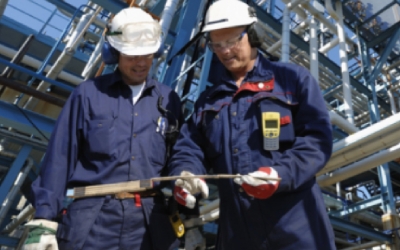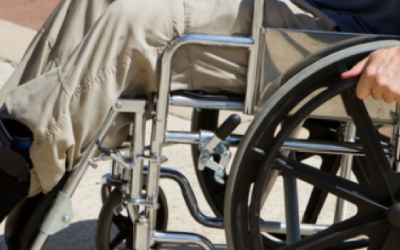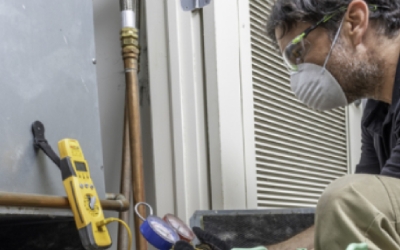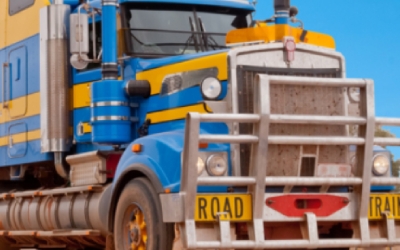A five-day workweek for construction workers can reduce stress and improve worker wellbeing, with minimal perceived impact on productivity, according to a new report. Construction workers typically work six days a week, but research tracking a five-day workweek in the industry has demonstrated a number of significant benefits while reducing risks commonly associated with the industry.
There are a number of early intervention strategies that are likely to improve return to work outcomes for workers, employers and insurers, according to a new report. While there is a high level of understanding and belief in the importance of early intervention to improve work outcomes for injured and ill workers, the report found more can be done to improve the effectiveness of early intervention in return to work programs.
Emergency service workers are twice as likely to experience mental health problems than the general population, in large part due to the high risk of trauma exposure at work, according to the Black Dog Institute.
WorkSafe Victoria has urged the state’s construction industry to check fall prevention measures after one worker has died and several others have been injured in a recent spate of serious incidents. The regulator is investigating the death of a 56-year-old worker after an incident at a residential construction site in Doncaster East.
More than 70 per cent of the global workforce are likely to be exposed to climate-change-related health hazards, and existing OHS protections are struggling to keep up with the resulting risks, according to an International Labour Organization (ILO) report.
SafeWork SA recently launched a campaign targeting risks associated with working in noisy environments. The six-month campaign, which started last month, is designed to raise awareness of noise-related risks and will include compliance audits across the manufacturing, warehousing, transport, construction, and mining industries.
Work health and safety ministers have agreed to a new workplace exposure limit list for airborne contaminants and a harmonised transition period, which will end on 30 November 2026. The workplace exposure limits will replace the current workplace exposure standards, after the ministers agreed to rename them to make it clear that a limit should not be exceeded, and for Australia to align with terms used internationally.
WorkSafe Victoria recently issued a safety alert reminding employers about managing the risk of falling through plaster ceilings. The alert was issued after several construction workers have fallen from roof spaces recently. In separate incidents, two workers fell through plaster ceilings while working in roof spaces, while another lost balance while standing on roof trusses. They all sustained serious and life-threatening injuries.
While chain of responsibility doesn’t apply in every organisation, there are many that still don’t know they are a party in the chain of responsibility while others don’t fully understand the application of heavy vehicle laws to their operations. Chain of responsibility applies to all organisations that interact with a heavy vehicle to have goods or materials delivered in and/or finished products to be picked up and delivered to their next stop in the supply chain, said Denise Zumpe, founder and director of specialist consultancy CoR Comply.
An increase in the volume of taxpayer-funded psychological claims is behind an estimated 50 to 66 per cent decline in return to work rates in recent years, according to a recent NSW report into workers’ compensation claims and state insurer icare. Medical discharges of police officers who have been assessed as unable to return to the workforce have been the main source of increased psychological injury claims payments, the NSW Auditor-General’s performance audit report into workers’ compensation claims management found.






















































